How to Build Flavor in Vegetable Curries
13 min read Learn expert techniques to elevate vegetable curries with rich, layered flavors and perfect spice balances for memorable vegetarian meals. October 02, 2025 06:05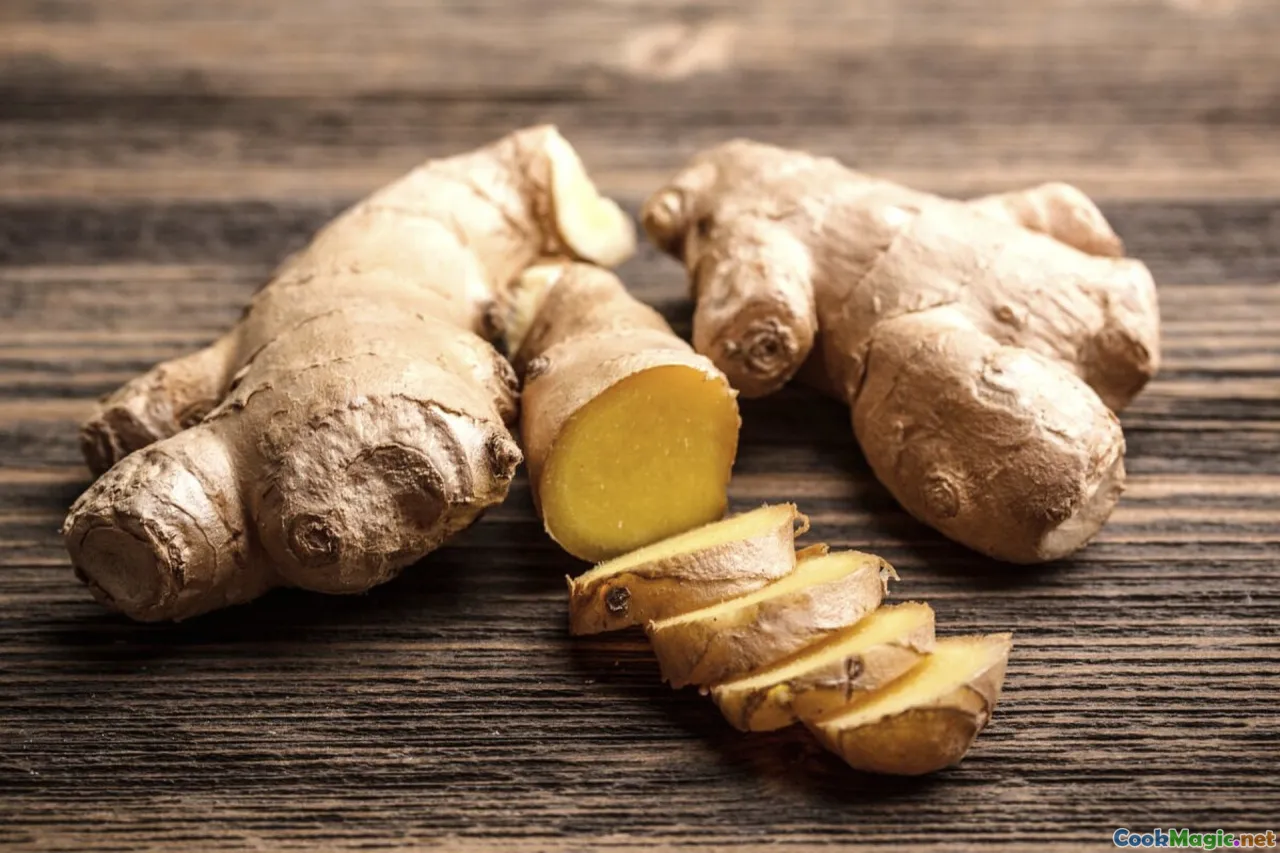
How to Build Flavor in Vegetable Curries
Cooking vegetable curries is an art that marries tradition, technique, and a touch of personal flair. The vibrancy of a well-crafted curry hinges on the depth and complexity of its flavors—tangy tamarind, aromatic spices, earthy vegetables, and the soulful essence that ties it all together. For centuries, cultures across Asia, Africa, and the Caribbean have elevated humble vegetables into culinary masterpieces, demonstrating that a clever layering of ingredients transforms simple produce into a tapestry of taste.
Embarking on the journey to build flavor in vegetable curries is akin to storytelling—each step adding a chapter rich with sensory detail, history, and personal nuance. Let’s explore how you can harness these elements, bringing life to your curries with a harmonious balance of spice, aroma, and texture.
The Foundation: Choosing and Preparing Your Vegetables

The first step to a flavorful vegetable curry begins with selecting the right vegetables. Freshness is paramount—crisp carrots, glossy eggplants, tender green beans, and fragrant aromatics set the stage. Beyond mere freshness, consider how each vegetable contributes to texture and flavor; some, like cauliflower or potatoes, absorb sauce beautifully, while leafy greens like spinach add burst of vivid color and contrasting texture.
Preparation techniques also matter. Slicing vegetables uniformly ensures even cooking, but don’t shy away from embracing different cuts—chunky for heartiness, thin for quick stir-ins. Freshly prepared vegetables retain their vibrant flavors and natural sweetness, which become the canvas upon which the spices paint their symphony.
For example, in a classic South Indian vegetable sambar, diced carrots and beans are simmered until tender, absorbing the tang of tamarind and the spices, creating a homely yet complex flavor profile rooted in tradition.
Building Layers: The Role of Aromatics and Base Flavors

A good curry begins with a carefully prepared aromatic base. Onions, garlic, and ginger are the triumvirate that unlocks a potent foundation. Slowly sautéed in oil or ghee, these aromatics develop sweet, nutty flavors—crisp onions turn translucent with a hint of caramelization, garlic releases pungent aroma, and ginger adds a zesty brightness.
To deepen this base, some cooks add fennel seeds, cumin, or mustard seeds, which crackle and release their essential oils, infusing the oil and ultimately the entire dish. Toasting spices before adding liquids amplifies their aromatic potential, creating a fragrant backdrop reminiscent of bustling Indian street markets or the smoky kitchens of North African tajines.
Consider how in Thai red curry, the essential pair of garlic and shallots give the foundation a sweet, spicy undertone that balances the fiery next steps. Alternatively, the West African groundnut soup layers roasted peanuts and spices into a rich, nutty base—each adding their unique complexity to the flavor tapestry.
The Magic of Spices: Building Depth and Complexity
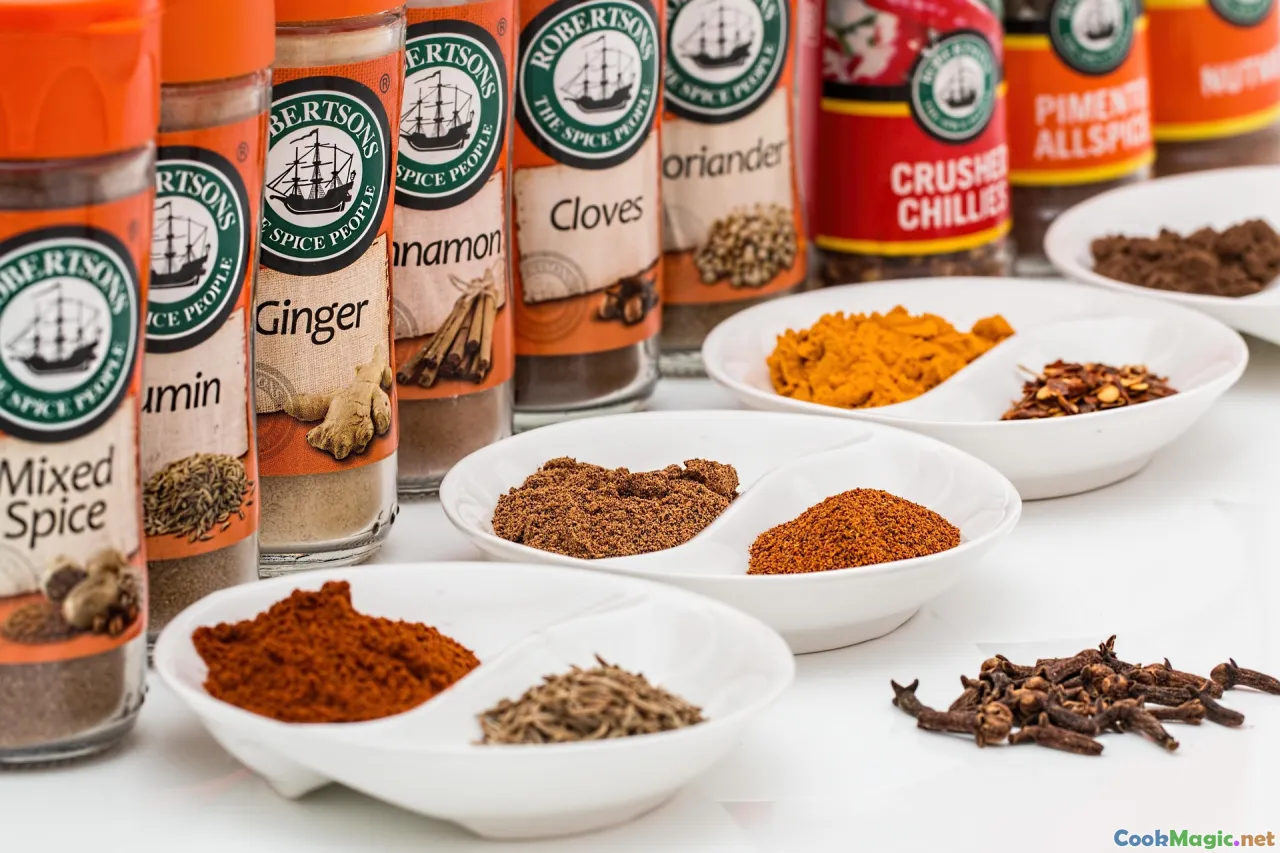
Spices define the soul of a vegetable curry. But to truly build flavor, it's crucial to understand not just which spices to use, but how and when to use them.
**Toasting and Blooming:**Warm spices like cumin, coriander, or fennel seeds in a dry pan before adding them to the curry releases their essential oils, creating a fragrant aroma that’s unmistakably inviting. This process, known as blooming, is akin to awakening these spices’ full potential.**Layering Spices:**Instead of dumping all spices into the pot at once, add them gradually, starting with whole seeds or ground powders after your aromatics are fragrant. For instance, adding turmeric early on gives a warm hue and earthy note, while a pinch of garam masala at the end can lift the dish with warm, complex aromas.Creative Variations: For a smoky dimension, smoked paprika or chipotle powder can introduce a nuanced, subtly spicy depth. For a touch of brightness, sumac or lemon zest can balance earthy spices.
Historical note: Indian curries owe their layered spice profiles to centuries-old trade routes bringing diverse herbs and spice blends—each family’s secret recipes deeply rooted in cultural identity.
Balancing Acidity and Sweetness
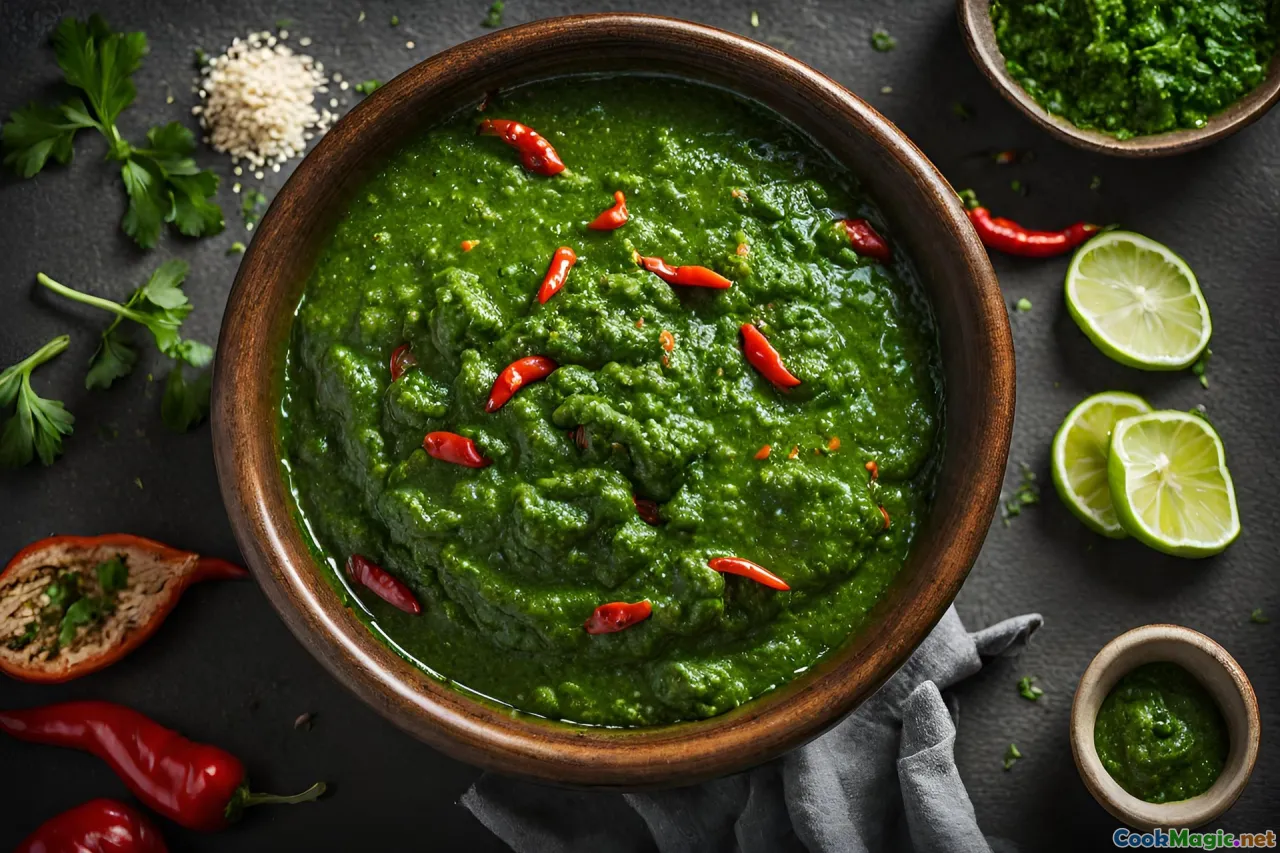
An often-underestimated key to flavor depth is the balancing act between acidity, sweetness, and saltiness. A subtle touch of acidity cuts through richness, brightening the flavors. Tamarind paste, lime juice, or a splash of vinegar can lift the entire dish. In contrast, sweetness from caramelized onions or coconut milk rounds out spicy and bitter notes.
Take the iconic Thai green curry—its balance of coconut milk’s creaminess, lime’s zing, and chili’s heat exemplify this harmony. Similarly, North Indian baingan bharta benefits from a squeeze of lemon that highlights smoky roasted eggplant.
Personal insight: I find that a dash of apple cider vinegar at the end of cooking can elevate vegetable curries by adding a subtle tang that awakens more delicate flavors.
Developing Texture and Umami
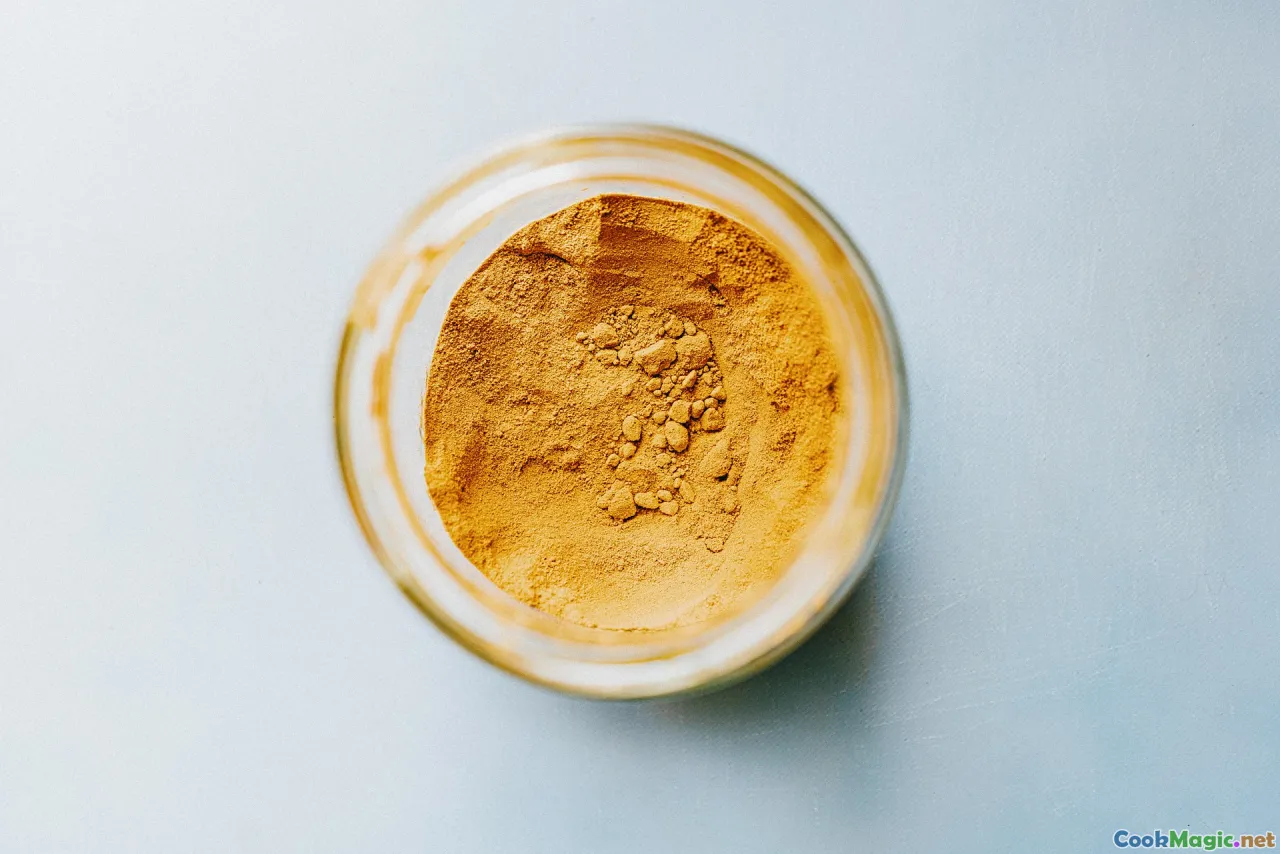
Texture is a vital component—think tender, lightly caramelized, or melt-in-mouth vegetables intertwined with silky sauces. To enhance umami, consider adding ingredients like dried mushrooms, fermented foods, or even a splash of soy sauce or miso—these intensify savory notes without overpowering the natural vegetable sweetness.
In Mediterranean vegetable stews, adding roasted eggplant or sun-dried tomatoes imparts deep, savory layers. In Indian cooking, slow-cooking or roasting vegetables develops caramelization, adding complexity to each bite.
Texture also involves careful cooking: overcooked vegetables lose their vibrancy, while undercooked ones retain crunch and freshness. Find that perfect point where that characteristic texture complements the sauce.
The Role of Technique: Simmering, Braising, and Finishing Touches

Technique elevates flavor building from simple to sublime. Slow simmering allows flavors to meld, spices to infuse deeply, and vegetables to absorb spices thoroughly—think the hearty stews of Kashmir or the rich Mauritius curries browned with oil to develop complex flavors.
Braising vegetables gently in spice-infused liquids may seem time-consuming but results in silky, cohesive dishes with layered flavors. For example, a Tamil-style vegetable kootu involves simmering lentils and vegetables for hours, transforming humble ingredients into a soulful dish.
Finally, finishing touches—fresh herbs, a squeeze of citrus, toasted nuts—add brightness and texture, making each bite a multi-sensory experience.
Personalizing Your Curry: Cultural and Emotional Layers

Every great curry carries a story—whether rooted in family traditions, regional customs, or personal experiences. Reflecting on these stories can influence how you build flavor.
For instance, my grandmother’s vegetable curry from Kerala used freshly grated coconut, cascading into the sauce as a natural sweetness and richness. Her secret was always a hint of raw mustard seeds added last for that pungent punch.
Understanding the history behind dishes deepens your connection to flavor-building: North African tagines incorporate preserved lemons and olives for a burst of salty, sour flavor; Southeast Asian curries often include aromatic kaffir lime leaves and galangal.
Your own story—memories of a lively family meal or a spice market discovery—becomes part of the flavor. Experimenting with regional spice blends or local ingredients can make your dishes uniquely yours.
Practical Tips for Mastering Flavor Mastery
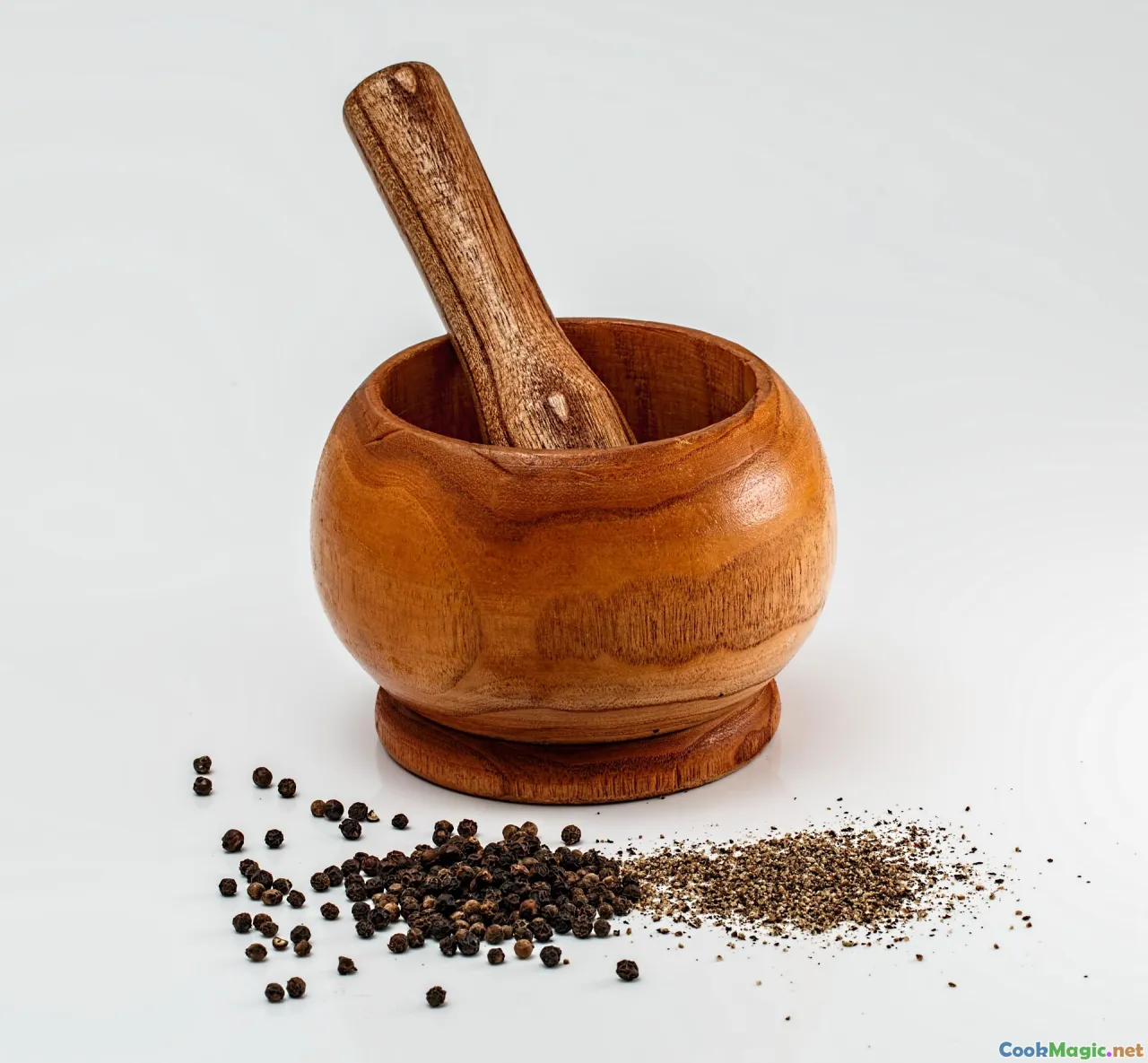
- Layer spices gradually and taste as you go.
- Use high-quality spices—fresh and properly stored—as they are the foundation of aroma.
- Incorporate acids at the end to brighten flavors.
- Develop your own spice blends, perhaps inspired by regional traditions.
- Avoid overcooking vegetables to retain their texture and color.
- Use natural umami boosters—mushrooms, miso, fermented foods—for depth.
Cooking is a dance of patience and intuition. With practice, your palate will develop a nuanced understanding of how each ingredient and technique contributes to a harmoniously flavorful curry.
Closing Thoughts: The Heart and Soul in Every Bite
Building flavor in vegetable curries is about more than just ingredients; it’s about cultivating layers of history, emotion, and artistry in your kitchen. Each recipe you craft becomes a story—an edible expression of culture and care. As you hone your techniques, embrace your personal touch, and dive into the rich traditions of global vegetarian cuisine, you'll find that the most memorable curries are those infused with passion, patience, and a sense of discovery.
So, gather your spices, select your freshest vegetables, and let your culinary journey begin—creating vegetable curries that don’t just fill the belly but nourish the soul.









